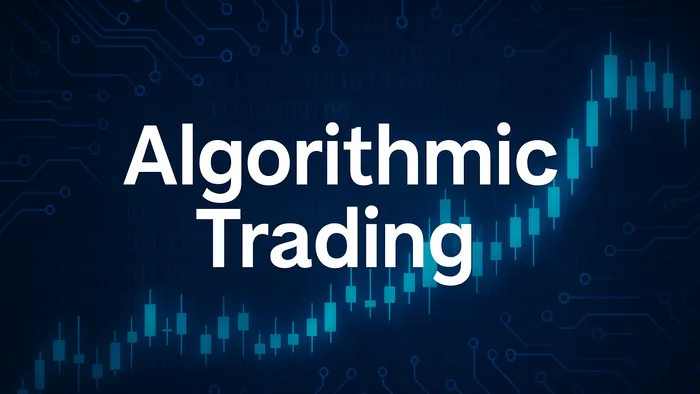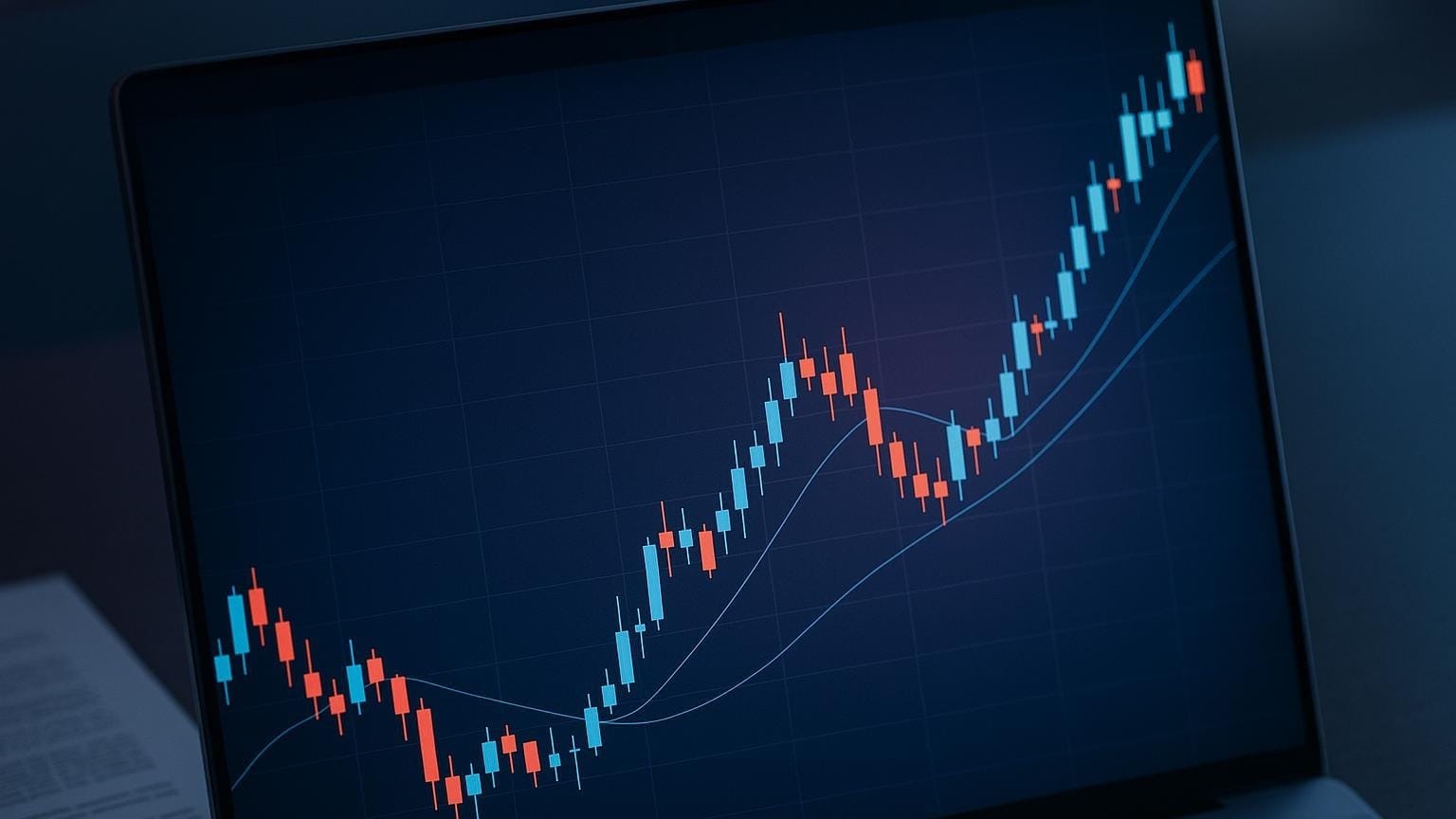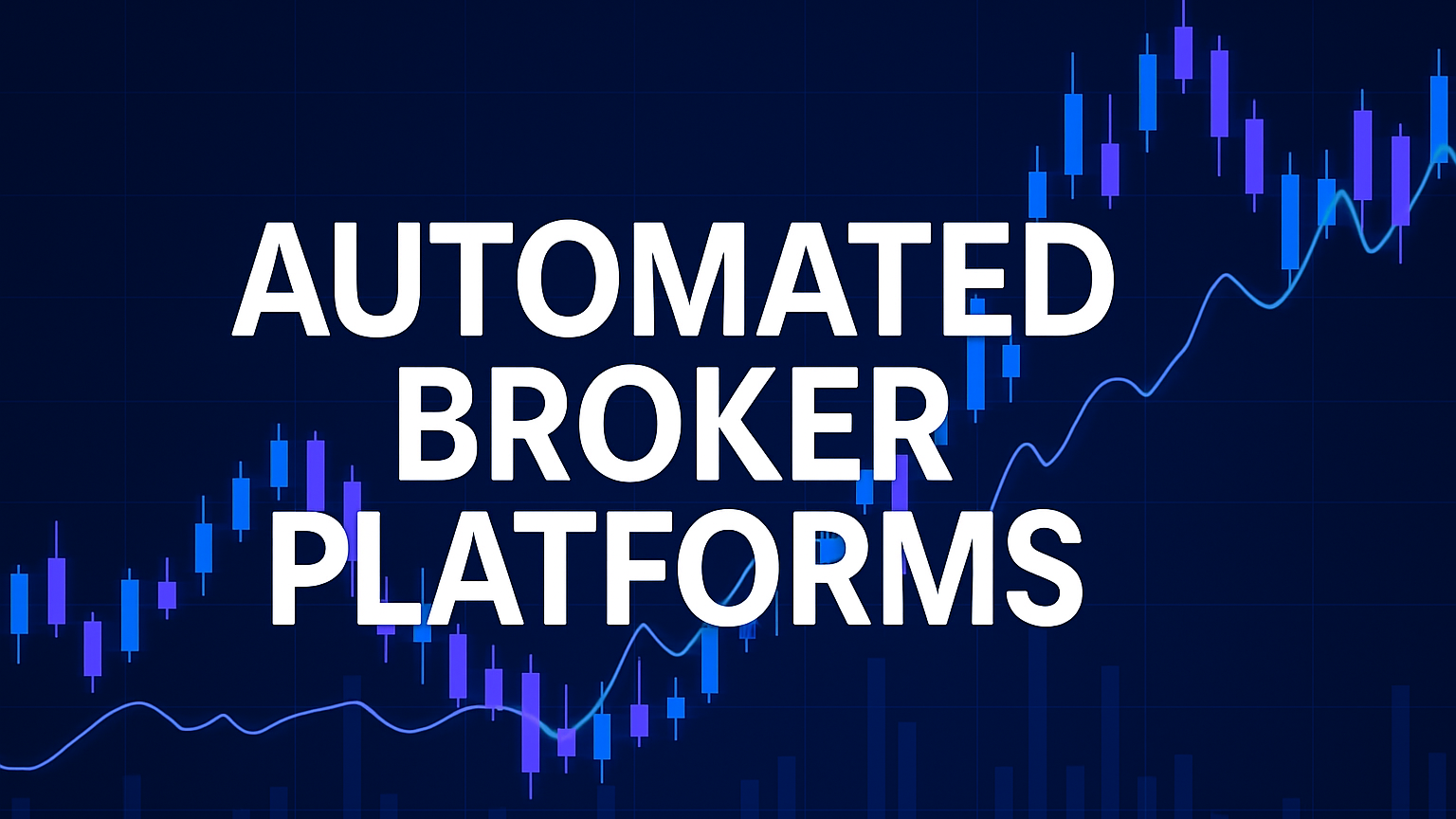Explore algorithmic trading's foundations, strategies, and risk management techniques to harness the power of automated trading in financial markets.
Algorithmic trading automates trades using predefined rules, offering speed, consistency, and efficiency. Here's what you need to know:
- What It Is: Computer programs execute trades based on strategies like moving averages or momentum.
- Pros: Removes emotions, executes trades in milliseconds, and reduces costs.
- Cons: Requires technical skills, high setup costs, and regular maintenance.
- Who Uses It: Institutional investors, day traders, and forex traders.
Quick Start:
- Learn a programming language like Python.
- Begin with simple strategies (e.g., moving average crossover).
- Test and refine your algorithm using platforms like QuantConnect.
Key Takeaway: Algorithmic trading dominates markets, making up over 80% of daily trading volume. Start small, focus on risk management, and refine strategies with data.
First Steps in Algo Trading
Basic Skills Needed
To get started with algorithmic trading, you need to be skilled in at least one programming language. Languages like Python, R, or C++ are commonly used for creating and running trading algorithms.
What Is Algorithmic Trading & How to Get Started
Creating Your First Trading Algorithm
If you're comfortable with coding, it's time to take the next step: creating a simple trading algorithm.
Picking a Basic Strategy
Start with something straightforward, like the moving average crossover strategy. It's a go-to for beginners because it's easy to understand and implement.
This strategy relies on two moving averages:
- A short-term moving average (e.g., 50-day SMA)
- A long-term moving average (e.g., 200-day SMA)
"Moving averages are the perfect beginner trading strategy in my opinion. They clearly visualize the trend and provide straightforward trade signals." – FOREX GURU Investment
Here’s how the strategy works:
- Buy when the short-term moving average crosses above the long-term moving average.
- Sell when the short-term moving average crosses below the long-term moving average.
Testing Your Code
Platforms like QuantConnect are popular for testing trading algorithms, handling over $45 billion in notional volume monthly. Follow these steps to test your strategy:
-
Prepare Your Data
Use reliable sources like Yahoo Finance or Alpha Vantage to get market data. Make sure the data is clean, formatted correctly, and free from missing values or irregularities. -
Implement the Strategy
- Calculate moving averages using historical price data.
- Define clear rules for when to enter and exit trades.
- Set position sizing guidelines.
- Include stop-loss orders to limit potential losses.
-
Backtest Your Algorithm
Test your strategy using historical data. Evaluate its performance with metrics like total returns, volatility, Sharpe ratio, and maximum drawdown.
"In order to be able to design a viable algorithm, a robust backtesting engine is crucial. After exploring various options, we found QuantConnect to be the most suitable for our needs." – David Ye, Professor, Duke University
Standard Trading Algorithms
Once you're comfortable with moving averages, you can explore other strategies. Here are some well-known options:
| Strategy Type | Description | Best Used For |
|---|---|---|
| Momentum | Trades based on price strength and trends | Trending markets |
| Mean Reversion | Focuses on prices returning to their average | Range-bound markets |
| Market Making | Profits from spreads by providing liquidity | High-volume assets |
When choosing a strategy, consider factors like:
- Your risk tolerance
- Available trading capital
- Time you can dedicate to monitoring and adjusting
- The market conditions and characteristics of the assets you're trading
Managing Risk and Results
Protecting your capital is the cornerstone of success in trading. Here’s how to manage risk effectively and evaluate performance to refine your strategies.
Risk Control Methods
Position sizing plays a key role in managing risk. Most traders stick to risking only 1–2% of their capital on a single trade.
Here are crucial elements for controlling risk in algorithmic trading:
| Risk Component | Method | Target |
|---|---|---|
| Position Sizing | Allocate a fixed percentage of capital per trade | 1–2% per trade |
| Stop-Loss Orders | Set automated exit orders | Exit levels based on risk tolerance |
| Diversification | Spread risk across different assets | Choose assets with low correlation |
| Leverage Control | Use minimal leverage, like the half-Kelly criterion | Keep leverage to a minimum |
"In the realm of algorithmic trading, success isn't just about profit generation; it's about safeguarding your capital. A well-crafted risk management strategy is your shield against market uncertainties." – Bluestock
Key Performance Metrics
To track how well your strategy is working, focus on these important metrics:
- Sharpe Ratio: Measures risk-adjusted returns. A Sharpe ratio over 2 is typically seen as excellent performance.
- Maximum Drawdown: Shows the largest drop from a peak to a trough in your portfolio.
- Win Rate & Profit Factor: Track how often you win trades and the ratio of gains to losses. A solid approach can succeed with either a high win rate and smaller profits or fewer wins with larger average gains.
Strategy Improvement Steps
Refining your algorithm requires a methodical approach. Here’s how to enhance your strategy while avoiding overfitting:
- Test Across Market Conditions: Evaluate your approach in both trending and range-bound markets to ensure adaptability.
- Walk-Forward Optimization: Split historical data into in-sample and out-of-sample periods. This helps confirm performance on unseen data.
- Monitor Volatility: Keep an eye on volatility indices. During high-volatility periods, adjust position sizes or exit rules.
Moving to Advanced Topics
Once you've mastered the basics, dive into techniques that can improve performance further.
Complex Trading Methods
Advanced strategies blend technical indicators with instruments like options and futures to capitalize on short-lived opportunities.
| Method | Description | Key Requirement |
|---|---|---|
| Pairs Trading | Trades price relationships between correlated assets | Statistical analysis skills |
| Market Making | Provides liquidity while profiting from spreads | High-frequency infrastructure |
| Arbitrage | Exploits price differences across venues | Ultra-fast execution systems |
| Volume/Order Flow | Uses volume patterns to predict moves | Real-time data processing |
Machine Learning Basics
Machine learning (ML) offers advanced market analysis and predictive models. Here's how to get started:
- Data Preparation: Gather data from reliable sources and include alternative inputs like social sentiment.
- Model Selection: Choose models that suit your approach—deep learning can outperform traditional methods in some cases.
- Validation: Use training, validation, and test splits with cross-validation to minimize overfitting.
Summary
Main Points Review
Algorithmic trading makes up over 80% of daily trading volume, offering lower costs, emotion-free execution, and millisecond speed.
| Core Component | Key Consideration | Action |
|---|---|---|
| Strategy Development | Technical analysis & backtesting | Start with trend-following or mean reversion |
| Technical Requirements | Programming skills & data | Use Python for its rich libraries |
| Risk Management | Stop-loss & position sizing | Automate controls |
| Platform Selection | Data feeds & execution | Choose based on asset class |
With the market projected to reach $28.78 billion by 2026, mastering these fundamentals is essential for long-term success.
Next Steps
-
Education:
Enroll in programs like QuantInsti’s EPAT to deepen your knowledge. -
Experimentation:
Try platforms such as Zerodha Streak or Upstox Algo Lab. -
Practice:
Refine strategies in simulated environments like TradingView or Amibroker.








